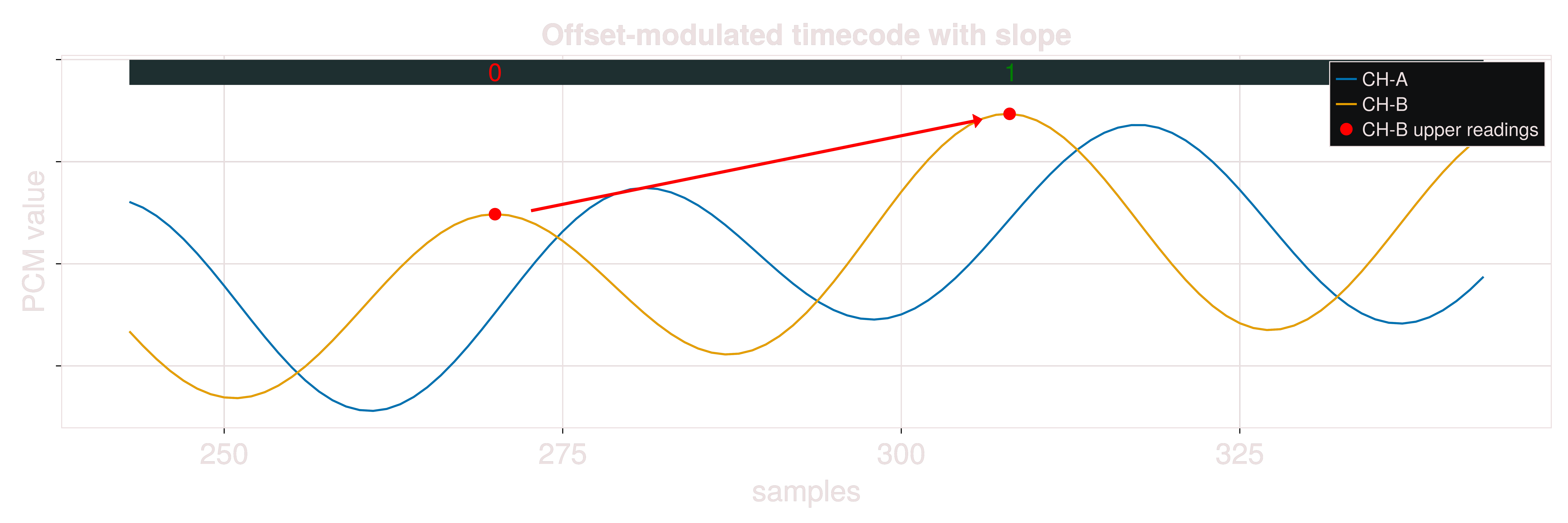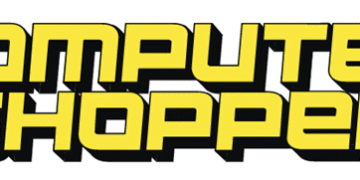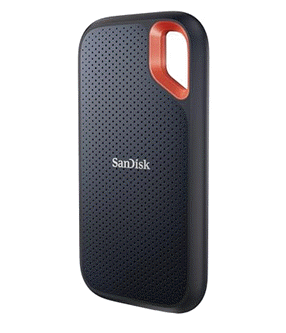2025-08-27 10:09:00
mixxx.org
Since its release in 2011, the Traktor Control Vinyl MK2 has sparked
curiosity among digital DJs and audio developers alike. Its timecode format
stands apart from Serato’s, which we explored in the previous posts. With the
MK2 system, Native Instruments introduced a more advanced timecode that boosts
resolution and accuracy by applying advanced cryptographic techniques.
In this post, we’ll break down how it works at a basic level and how Mixxx is processing the signal.
Recap: How Serato Timecode Works
Serato’s timecode is built around a
Linear Feedback Shift Register,
modulated onto a 1 kHz carrier using
amplitude modulation (AM) – a legacy
technique from radio transmission.
The demodulation process is relatively simple: when one stereo channel crosses
the x-axis, the other hits a peak. If that peak exceeds a certain threshold,
the system reads it as a 1, if not, it’s a 0.
We covered this in more detail in
DVS Internals Pt. 1
and Pt. 2.
The Traktor MK2 Signal
Below is a signal that resembles what you’ll find on the Traktor MK2
Control vinyl/CD, which has been specifically generated for this blog post by
using a Raised-Cosine Filter to
modulate a random sequence onto the carrier.
The carrier wave operates at 2500 Hz, a significant increase from Serato’s
1000 Hz.
Advantage: The higher carrier frequency allows for 2.5× greater resolution.
Upon inspection, this waveform clearly doesn’t use amplitude modulation – the
amplitude remains constant. Instead, it appears to be offset-modulated,
where the signal is shifted vertically from the x-axis. This is a non-standard
technique not commonly used in typical modulation schemes.
On the original vinyl version (not shown here due to copyright), the offset
can be so large that the signal floats entirely above the x-axis for multiple
cycles – making zero-crossing detection impossible.
Even when that doesn’t happen, the offset causes the time interval \(\Delta t\)
between zero-crossings to become irregular, introducing audible pitch flutter.
To decode the signal, we must solve:
- How to filter the signal to enable pitch detection
- How to demodulate this non-standard modulation
- How to decipher the code that is modulated onto the carrier
Pitch Detection
Note: If you’re unfamiliar with pitch detection in DVS systems, revisit
DVS Internals Pt. 1.
Our goal is to produce a signal that oscillates evenly around the x-axis. This
filtered waveform can then be processed by the existing pitch detection algorithm.
A simple discrete derivative operation achieves this:
$$
y[n] = x[n] – x[n-1] \tag{1}
$$
\(\text{where:}\)
\(\text{- x[n]: Input sample}\)
\(\text{- x[n-1]: Delayed input sample}\)
\(\text{- y[n]: Difference of both values}\)
When applied to the offset-modulated signal, we get:
The resulting waveform oscillates cleanly around zero, which is ideal for
analysis. It also makes it easier to pinpoint the half-cycle peaks needed for
bit detection.
Demodulation Techniques
To extract bits from the signal, we detect the zero-crossings and sample the
amplitude of the sinusoid at those moments.
You may notice that the derivative’s zero-crossings don’t align perfectly with
the original peaks. That’s due to a delay introduced by the filter. Smoothing
the signal first, then compensating for the delay (e.g., by selecting
\(x[n-3]\)), yields better results.
For greater accuracy, one could analyze the phase response \(\phi(\omega)\),
which shows how filter delay varies with input frequency – but for this use case,
a fixed delay works well enough.
The filtered signal can cross the x-axis in two directions-positive to
negative or vice versa. Based on the direction, we determine which half-cycle
contains the encoded bit. In this example we only use the upper half-cycle for
decoding, but you can also decode the signal from the lower half-cycle.
Demodulation is then as simple as applying a threshold: amplitudes above it
are 1, and below it are 0.
On actual vinyl, the physical behavior of the needle causes the offset to
decay over time, because the needle slowly drifts back to the middle. This decay complicates bit extraction.
To compensate, we analyze the slope between subsequent readings by
reusing the derivative equation in \(\text{(1)}\).
$$slope[n] = reading[n] – reading[n-1]$$
\(\text{where:}\)
\(\text{- x[n]: Current reading}\)
\(\text{- x[n-1]: Last reading}\)
\(\text{- y[n]: Difference of both values}\)
We then decode a positive slope to toggle the bit to 1 and a negative
slope to toggle the bit to 0.

This method helps isolate the encoded signal from the floating zero line
caused by mechanical drift.
The Code
Note: A deeper explanation of LFSRs can be found in DVS Internals Pt. 2
Interestingly, the Traktor MK2 system also uses a Linear Feedback Shift Register – but with different properties. While Serato’s LFSR has a
20-bit length, Traktor’s uses a 110-bit register with a minimum
run length of two symbols. The generator polynomial of the the LFSR was found
by using the Berlekamp-Massey algorithm.
The number of unique states an LFSR can generate is:
$$n_{max} = 2^m -1$$
Hence for the Serato timecode
$$n_{serato} = 2^{20} -1 = 1\,048\,575$$
and for the Traktor MK2 timecode
$$n_{mk2} = 2^{110} -1 = 1.298 \cdot 10^{33} = 1\,298\,074\,214\,633\,706\,907\,132\,624\,082\,305\,023$$
That’s an astronomically high number-far beyond what’s required for this
application.
But how many states are actually needed? With a 2500 Hz carrier, you get 2500 bits per second.
For 12 minutes of timecode:
$$12 \text{ min} \cdot 60 = 720 \text{ s}$$
$$720 \text{ s} \cdot 2500 \text{ states/s} = 1\,800\,000 \text{ states}$$
which exceeds the maximum state range of Serato’s 20-bit LFSR by far.
However, a downside appears: each 110-bit state must be stored in 128 bits (4
× 32-bit integers).
So for the A-side with 12 minutes:
$$1\,800\,000 \text{ states} \cdot 128 \text{ bit} = 230\,400\,000 \text{ bit} = 28\,800\,000 \text{ byte} = 27.46 \text{ MB}$$
And for a 25-minute CD:
$$4\,500\,000 \text{ states} \cdot 128 \text{ bit} = 576\,000\,000 \text{ bit} = 72\,000\,000 \text{ byte} = 68.66 \text{ MB}$$
Disadvantage: The memory footprint is large-even a single side of timecode can exceed 27 MB.
This makes storing a full lookup table impractical in production software.
It’s important to point out that the current implementation is naive, because it treats the
Traktor MK2 code as if it were Serato code. Since Mark Hills designed the xwax
library, which is used by vinyl control in Mixxx, for exactly this style of
timecode, changes would have to be made to make the decoder more modular.
Nonetheless, the current technique works and it represents the current state
of the decoder in Mixxx.
Conclusion
Fortunately, there are mathematical methods to reduce the memory requirements.
This requires diving deeper into the crypthographic theory.
First tests show that this can possibly be achieved by applying a fixed tap
pattern (e.g. every 5th bit) to a 110-bit LFSR window – a form of structured
decimation or undersampling. This collapses the sequence into a 22-bit
Gold code, whose two sequences alternate.
The implementation of this technique is far more complex and not completed
yet.
We’ll explore those strategies in the next part of this series.
Keep your files stored safely and securely with the SanDisk 2TB Extreme Portable SSD. With over 69,505 ratings and an impressive 4.6 out of 5 stars, this product has been purchased over 8K+ times in the past month. At only $129.99, this Amazon’s Choice product is a must-have for secure file storage.
Help keep private content private with the included password protection featuring 256-bit AES hardware encryption. Order now for just $129.99 on Amazon!
Help Power Techcratic’s Future – Scan To Support
If Techcratic’s content and insights have helped you, consider giving back by supporting the platform with crypto. Every contribution makes a difference, whether it’s for high-quality content, server maintenance, or future updates. Techcratic is constantly evolving, and your support helps drive that progress.
As a solo operator who wears all the hats, creating content, managing the tech, and running the site, your support allows me to stay focused on delivering valuable resources. Your support keeps everything running smoothly and enables me to continue creating the content you love. I’m deeply grateful for your support, it truly means the world to me! Thank you!
|
BITCOIN
bc1qlszw7elx2qahjwvaryh0tkgg8y68enw30gpvge Scan the QR code with your crypto wallet app |
|
DOGECOIN
D64GwvvYQxFXYyan3oQCrmWfidf6T3JpBA Scan the QR code with your crypto wallet app |
|
ETHEREUM
0xe9BC980DF3d985730dA827996B43E4A62CCBAA7a Scan the QR code with your crypto wallet app |
Please read the Privacy and Security Disclaimer on how Techcratic handles your support.
Disclaimer: As an Amazon Associate, Techcratic may earn from qualifying purchases.














































































































